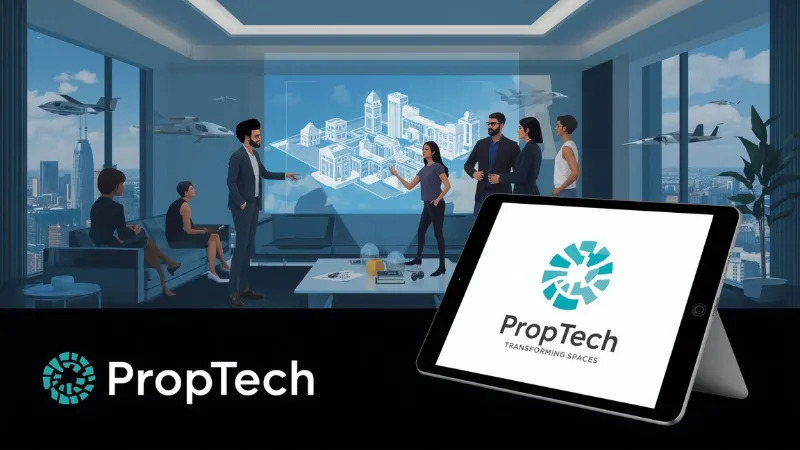How Influencer Marketing Platforms Power Ecom Startup Growth in 2025
May 31, 2025 | By Team SR

In the early stages of building a brand, startups and creator-led teams don’t have the luxury of massive ad budgets or endless bandwidth. Growth has to be smart, fast, and scalable, and increasingly, it’s coming from one source: influencer marketing platforms.
These tools are no longer reserved for big marketing departments or global campaigns. Today, they’re built for lean teams who want to connect with real audiences, generate user-generated content (UGC), and build communities around their products. Whether you're evaluating creators or tracking performance, tools like the instagram engagement calculator make it easier to make data-driven decisions. For solo marketers or indie brands trying to break through the noise, the right platform can feel like a cheat code.
What’s Fueling Growth? Influencer Marketing Platforms Explained
An influencer marketing platform is essentially a control center for discovering, managing, and scaling influencer partnerships. Think of it as a CRM for creators, mixed with analytics, automation, and outreach tools. For a DTC founder, a small team, or a solo marketer, that means no more spreadsheets, DMs, or chasing down content manually.
Take Click Analytic for example. It scans over 300 million creator profiles across Instagram, TikTok, and YouTube, helping brands find influencers with real, relevant audiences. Features like automated email outreach, Shopify integration for sending products, reporting dashboards, and a built-in UGC content library are designed specifically for startups that need to do more with less.
Why Startups and Creators Rely on These Platforms
Startups don’t have time to waste — and they certainly don’t have the budget to get burned by ineffective ads or overpriced influencer deals. That’s where platforms step in. They offer two key advantages: scale and speed.
First, they eliminate the manual grind of creator research and communication. What used to take a week of back-and-forth DMs and contract juggling can now be done in an afternoon.
Second, platforms help startups avoid common mistakes. You can filter out fake followers, prioritize creators with real engagement, and track the metrics that matter. When you only have one person running marketing, these tools are like a second set of hands — just smarter, faster, and always on.
Different Channels, Different Plays: A Look at Platform Types
Not all social platforms are created equal, especially when it comes to influencer marketing. Startups need to understand how behavior differs across networks to match the right creators with the right products.
For example, fashion and beauty brands often thrive on Instagram, where visuals drive conversion. Tech or wellness startups might lean into YouTube for detailed product explanations. If you're launching a snack brand or novelty product, TikTok’s scroll-stopping energy could be the key to going viral.
A smart platform lets you navigate these differences and find the creators who perform best on each channel.
ROI That Matters: What You Really Get from Using a Platform
Influencer marketing isn’t just about likes anymore. It’s about measurable growth — and modern platforms are finally making that possible.
Here’s what startups typically gain:
- Time savings: Automate outreach, follow-ups, and gifting
- Cost control: Avoid overpaying and benchmark rates by follower tier
- Performance tracking: Monitor engagement, traffic, and conversions
- Community building: Foster long-term brand advocates, not one-off posts
- Content assets: Turn influencer content into ads, website assets, or emails
In fact, a 2023 survey from Influencer Marketing Hub found that 67% of brands see better ROI from influencers than from paid ads. And for smaller teams, the ability to turn a $500 campaign into 10 pieces of reusable content and a bump in conversions is a serious advantage.
For checking an influencer’s actual performance, tools like an instagram engagement rate calculator help you cut through vanity metrics and find creators whose content drives action.
Choosing the Right Platform as a Lean Team
For startups and solo marketers, the influencer platform you pick has to match your pace. Here’s a quick checklist to evaluate options:
- Audience targeting: Can you filter by niche, follower location, and engagement quality?
- Ease of use: Does it work without training or a dedicated team?
- Automation: Are outreach, gifting, and reporting built-in?
- Integrations: Shopify, email tools, and affiliate tracking make workflows smoother
- Pricing: Is it scalable without locking you into long-term contracts?
Click Analytic, for instance, stands out for DTC founders. Its Shopify integration lets you gift products without copy-pasting addresses, while automated reporting helps track ROI without spreadsheets. And with over 300 million profiles analyzed, you’re not just finding popular creators — you’re finding the right ones.
Real Campaigns, Real Results
Case 1: Jewelry Startup Using TikTok Micro-Creators
A minimalist jewelry brand used a platform to launch a TikTok campaign targeting Gen Z shoppers. By identifying 20 micro-creators with under 50k followers but high completion rates, they created short-form UGC that highlighted unboxing and styling. The result? A 3.8x return on influencer spend and 40% of the content reused in Meta ads.
Case 2: Indie Skincare Brand on Instagram
An early-stage skincare startup used a platform to connect with clean beauty influencers on Instagram. The campaign focused on creators with high story engagement and skincare-specific audiences. Over a 30-day window, the brand generated 15 UGC posts, increased website sessions by 110%, and saw a 22% lift in conversions. The content also fed into their welcome email series.
In both cases, having performance data and campaign automation meant small teams could execute like much larger ones.
Growth Tips for Getting the Most From These Tools
For small teams, it’s not just about using platforms — it’s about using them well. Here’s how to get more mileage from your influencer strategy:
- Filter for audience, not just followers: Look for engagement quality, audience location, and niche relevance
- Start small, scale smart: Test a few creators, analyze what works, and double down
- Repurpose content: Use UGC in ads, emails, landing pages, and packaging
- Use automation wisely: Set up outreach sequences and follow-ups to save hours
- Set clear goals: Whether it’s engagement, sales, or content, clarity drives better outcomes
Need to evaluate a creator before making contact? Tools like an instagram engagement calculator can tell you if their audience is actually paying attention — or just inflating numbers.
Staying Ahead: What’s Next in Influencer Platforms
The influencer space is evolving quickly, and platforms are adapting just as fast. Here’s what startup teams should keep an eye on:
- Micro- and nano-influencers: Smaller audiences, but higher engagement and lower costs
- Performance-based payouts: Creators getting paid based on traffic or sales, not just posts
- Creator-led collabs: Limited drops and product partnerships co-created with influencers
- Automated UGC collection: One-click opt-ins for using creator content across channels
- Integrated ROI tracking: From impressions to purchases, real-time dashboards matter
Startups that adopt these tools early — and use them strategically — will build stronger brands, faster.
Influencer marketing platforms are no longer a “maybe later” tool for startups. They’re built for speed, scale, and impact — exactly what early-stage brands need. Whether you’re a solo founder, a scrappy growth marketer, or a creator launching your own product line, the right platform doesn’t just help you market. It helps you win.


 Follow us
Follow us Follow us
Follow us















